 Turning Straw into a More Nutritious and Versatile Feed Ingredient
03. 13. 2018
#Feed industry
Turning Straw into a More Nutritious and Versatile Feed Ingredient
03. 13. 2018
#Feed industry

Straw has been used as a feed ingredient since the birth of animal husbandry, however it is never a livestock farmers first choice of feed additive.
This is because straw contains a lot of lignin; the tough fibrous part of all plants. Lignin contains little nutrition and is very difficult to digest. However, the rest of the straw is relatively good for animals, if they are able to break it down. As the Ministry of Agriculture for Ontario, Canada, advises, “Good quality straw is a surprisingly good energy source for ruminants. With percent Total Digestible Nutrients (TDN) values in the mid-40's, straw can be much more than just a filler, providing a significant proportion of energy needs.”
If a way could be found to make straw easier to digest, then that energy could be released into the diets of farm animals. Given that 2,000 million tons of straw is produced worldwide, every year, the ability to use straw as a feed additive would have a huge impact on the feed industry.
The first step towards making straw a more nutritious and versatile feed additive has just been made.
The breakthrough was made at Wageningen University in the Netherlands, where researchers have developed a process that uses fungi to breakdown the lignin in the straw, but then stop the mushroom growth before it consumes the plant’s energy and nutrients. As the university website explains, “Certain fungi, such as the oyster mushroom and shiitake, are capable of breaking down lignin. These fungi first colonise their substrate with a network of fungal threads (mycelium) to make the fungi grow fast. They take nutrients from the substrate and break down lignin. The valuable carbohydrates are being spared. By stopping the process just before the mushrooms appear, vegetable material is obtained that is much better digestible for ruminants.”
Using a more expensive and technical process, other researchers have also been able to breakdown lignin into even more elemental forms. In doing so they are on the edge of using straw, corn husks and other agricultural vegetation by-products as a feed source for basic industrial chemicals.
You can learn more about this discovery on the SPOTCHEMI blog page here.
SPOTCHEMI is the trading hub for chemical industry professionals. It is a joint stock company belonging to the AG CHEMI GROUP.
Not only have the researchers, John Cone and Anton Sonnenberg, who are based at the university’s Faculty of Animal Nutrition and Plant Breeding, published their findings on the peer review website ResearchGate, but they are also developing the further. They hope to find efficiency improvements, examine upscale potential, experiment with different vegetation (rice plants, corn stalks, maize husks etc.), as well as compare results for different species of animal. To date the results have been effective only on ruminants, specifically cows, goats, buffalos, and sheep, but further development may allow treated straw to be fed to pigs, or even poultry.
As Emmy Koeleman, editor of the feed industry journal, AllAboutFeed, (and alumni of Wageningen University) writes, “The research team in Wageningen is now experimenting with various fungi and various types of biomass, which lead to effective combinations to upgrade organic waste with a high lignin content, and hence use this as animal feed. An oyster mushroom fungus for example can result in the uptake of twice as much energy from rice straw when fed to cows.”
These are early days, and it will take time to find out if manufacturing feed ingredients in this way is economically viable.
However, given the simplicity of the process it seems likely that feed additives could be produced using straw and corn stalks in a profitable manner. Especially as semi-commercial trials are already being planned in Indonesia, while feed companies in Iran and Thailand have also shown an interest.
Certainly, the basic premise of the discovery is full of promise. Today’s agricultural industry facing ever smaller profit margins, many livestock farmers and feed manufacturers are looking to cut costs. A process that produces a quality feed additive from a waste by product such as straw could be a game-changer. Not only in producing cheaper feed, but also a feed ingredient that is better for the environment and fits the ideal of the circular economy.
You may also be interested to read how chemists have developed potato starch as a raw material feedstock for the manufacture of coatings.
You can learn more about this discovery on the AG CHEMI GROUP blog page here.

Photo credit: WageningenUniversity, Pixabay, & Maxpixel.